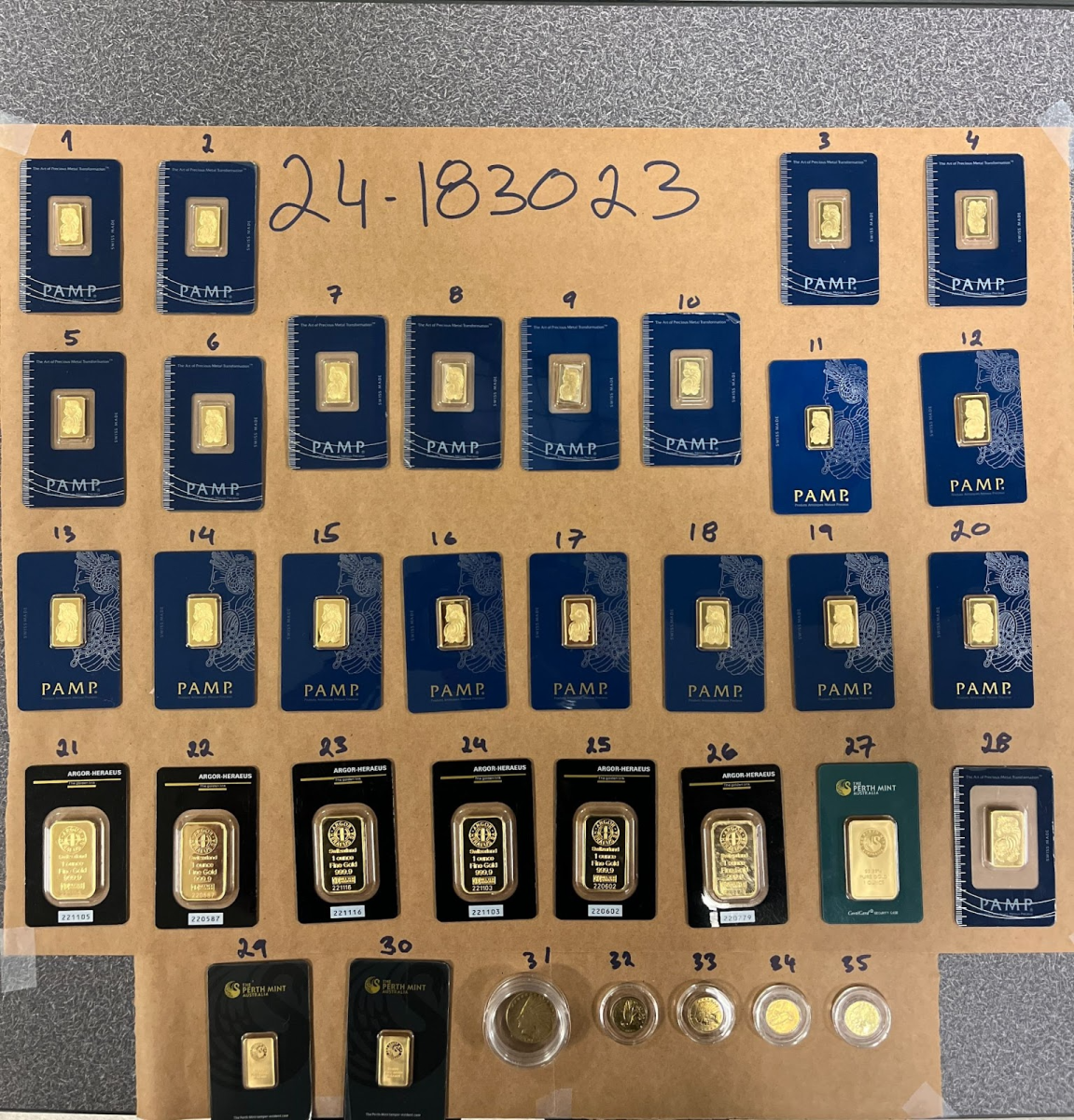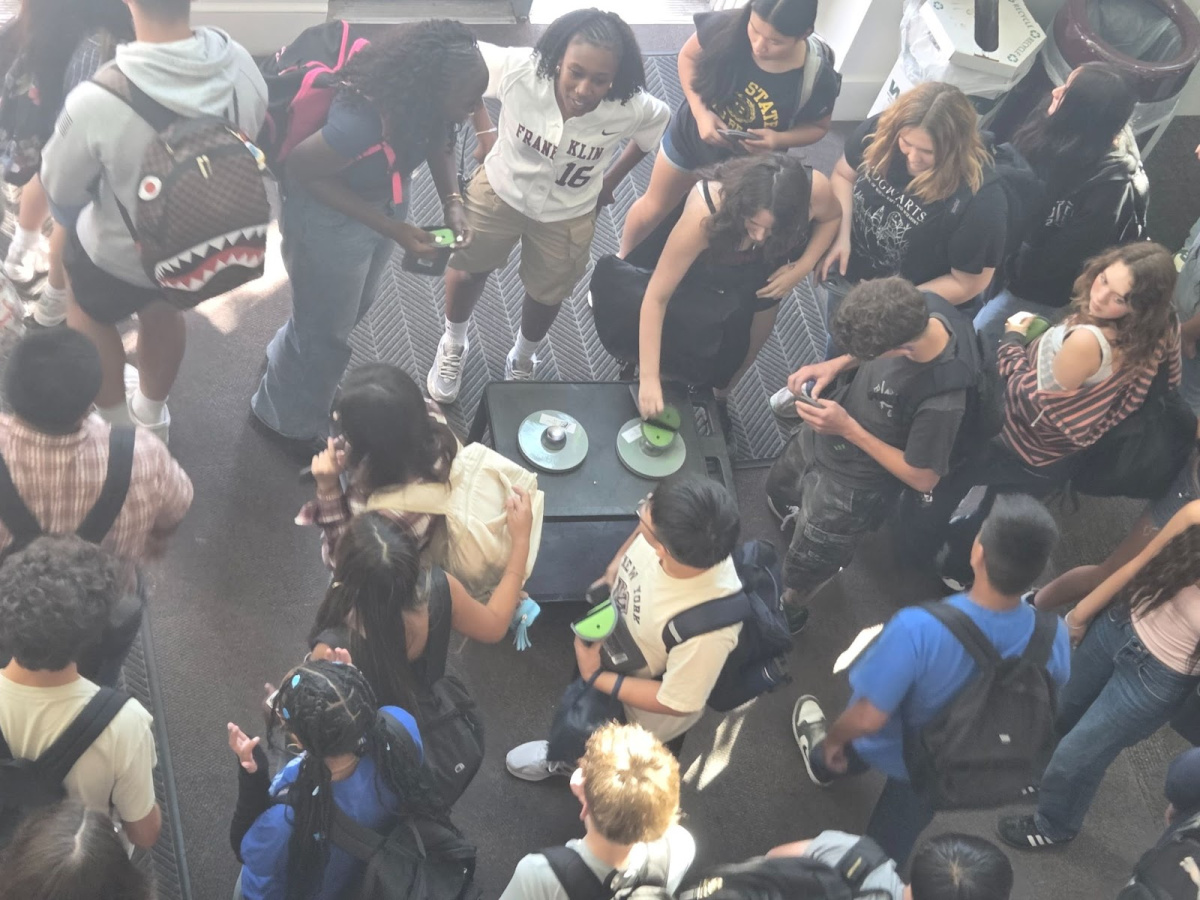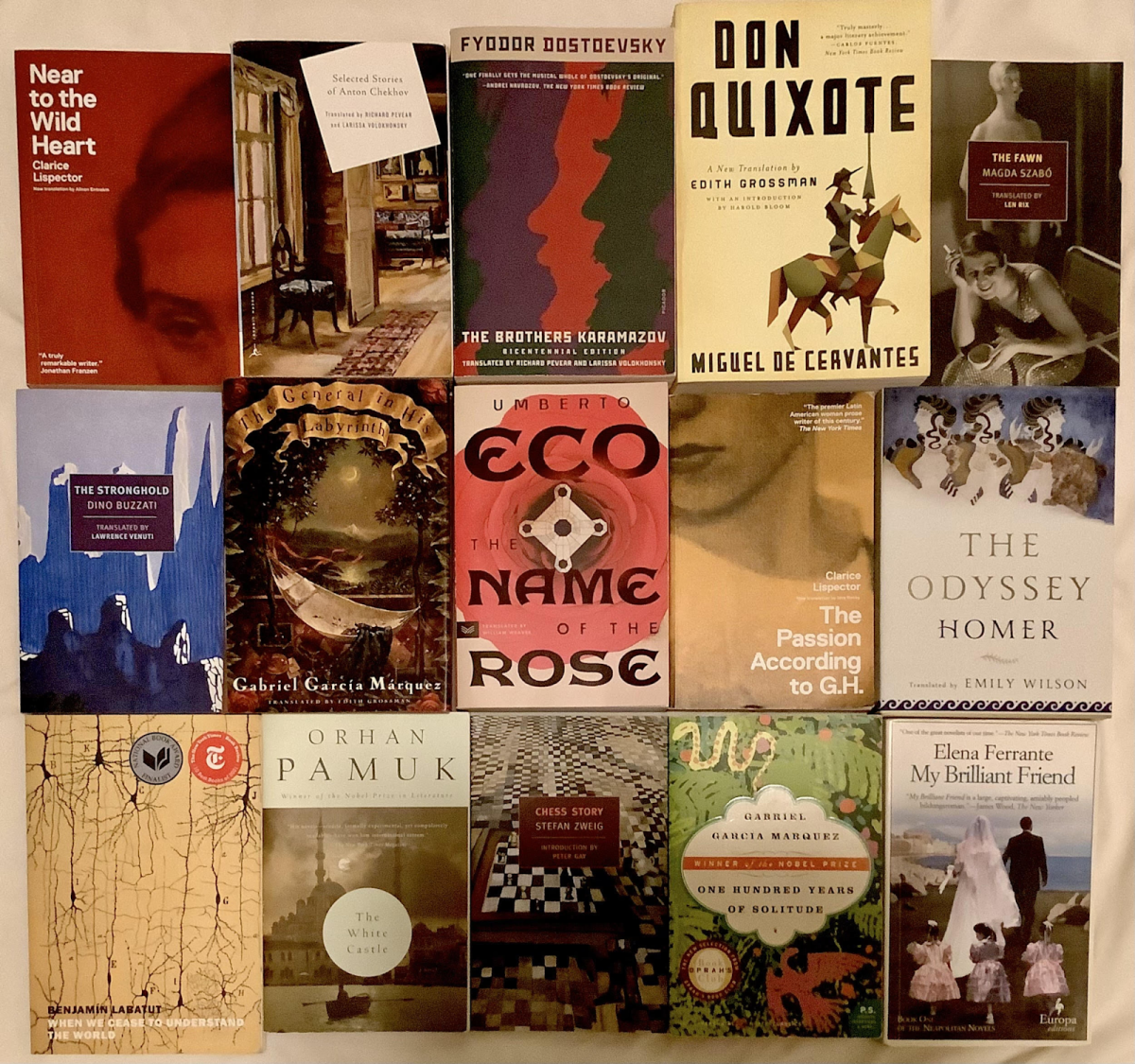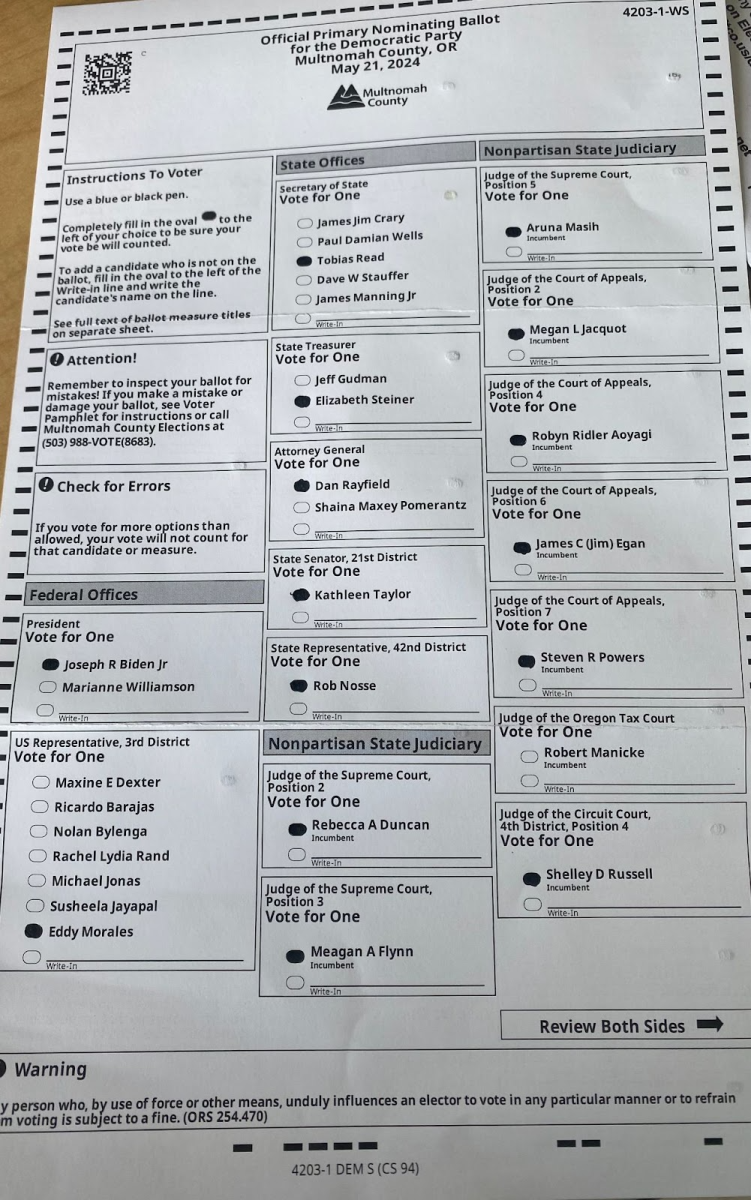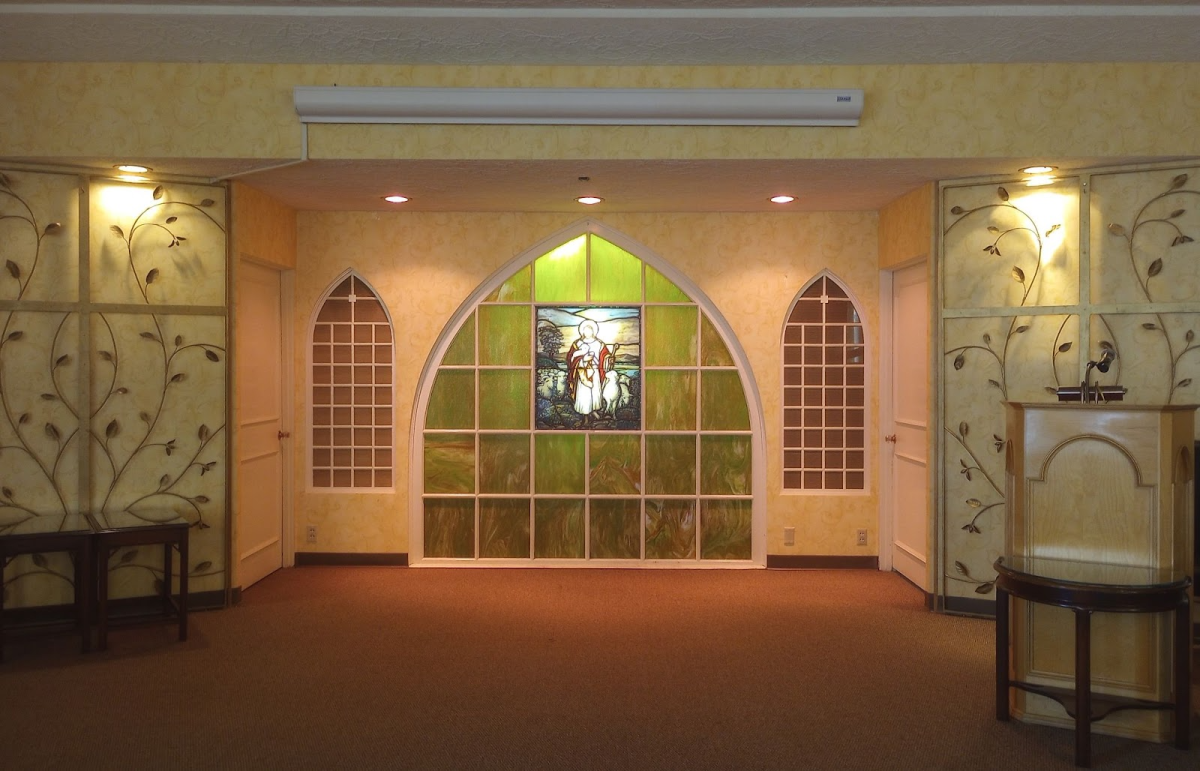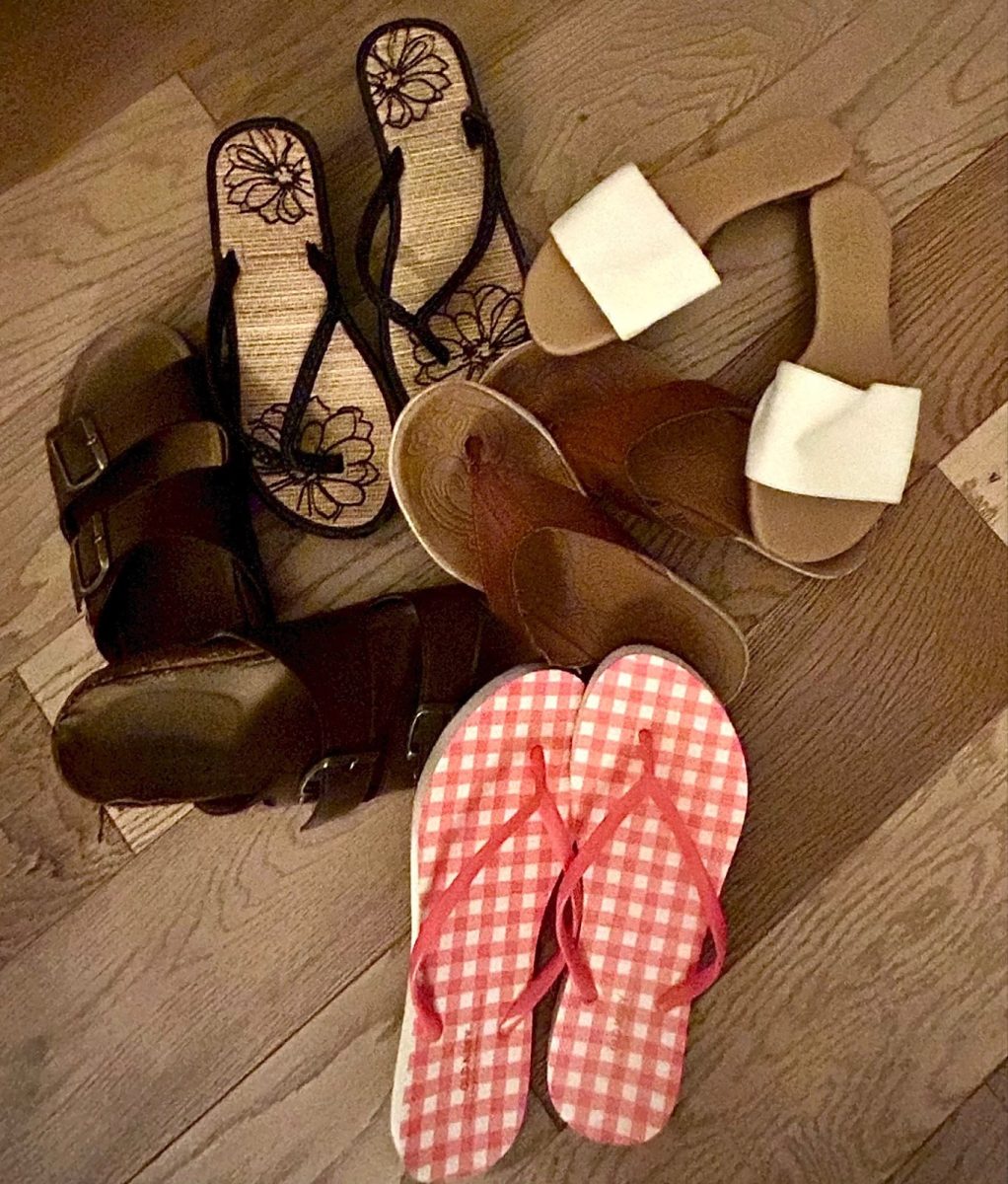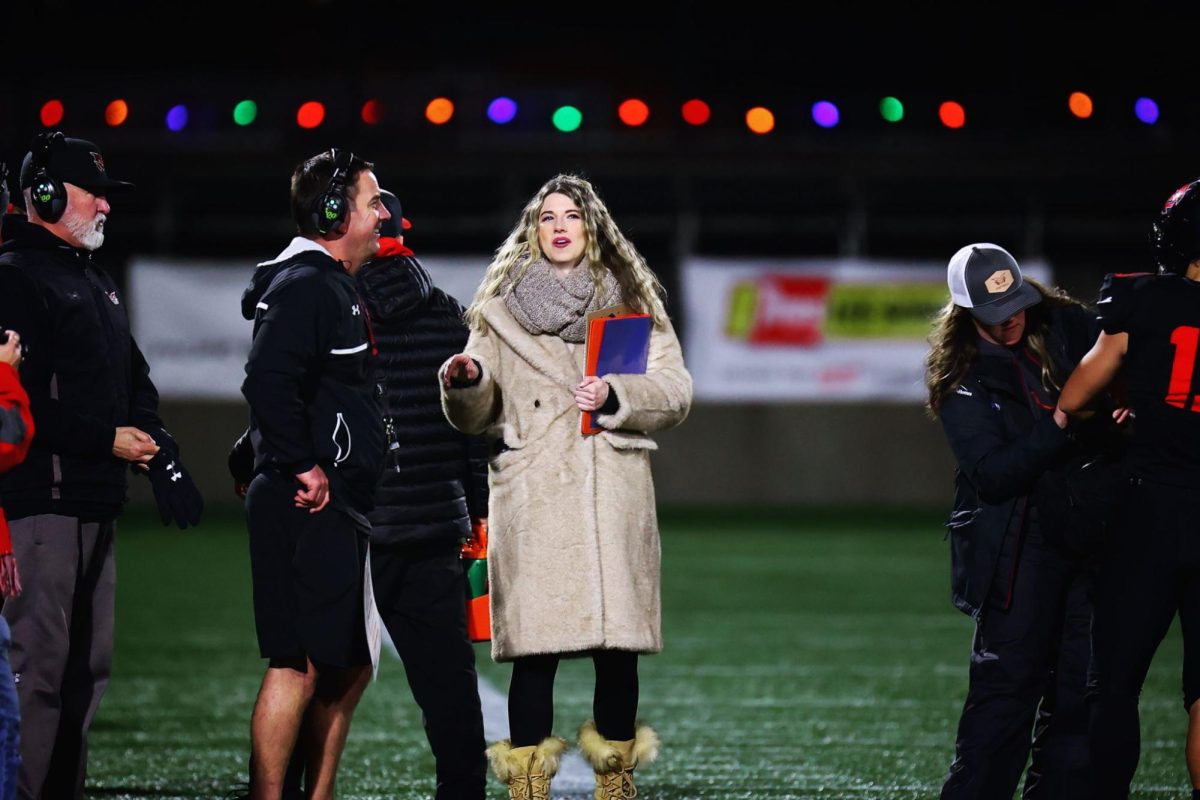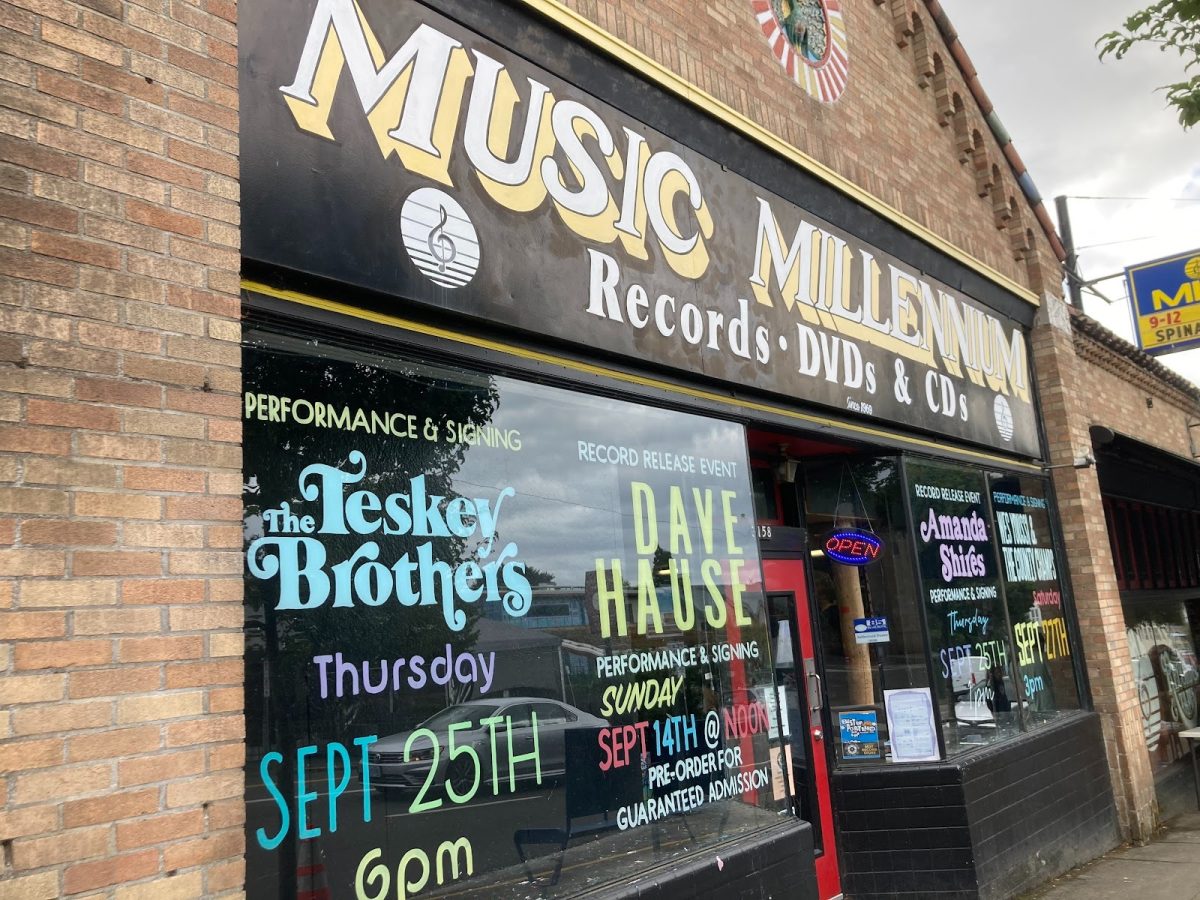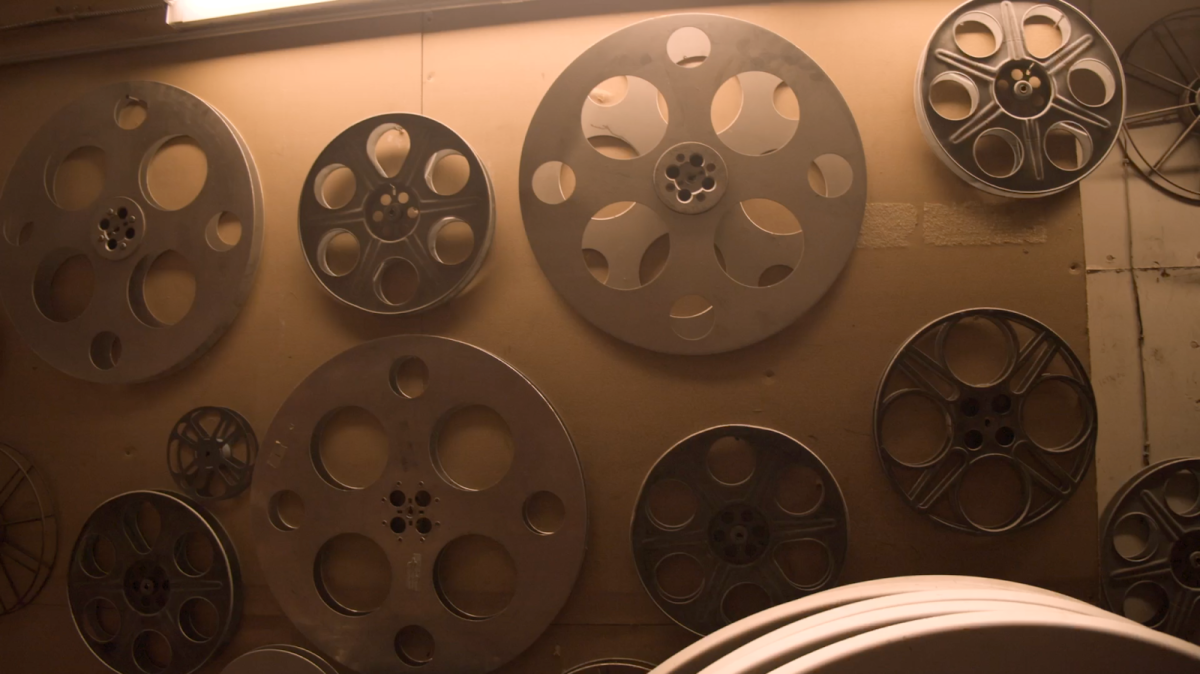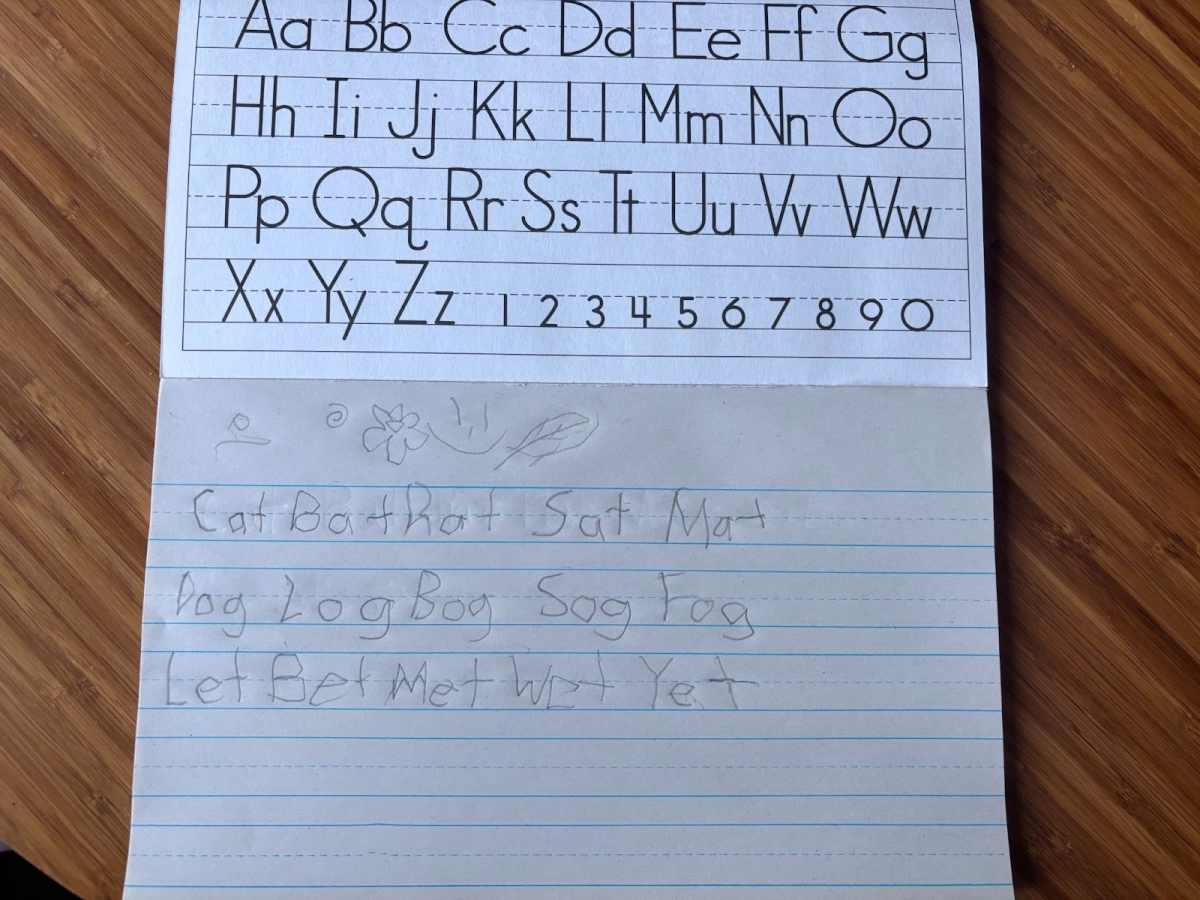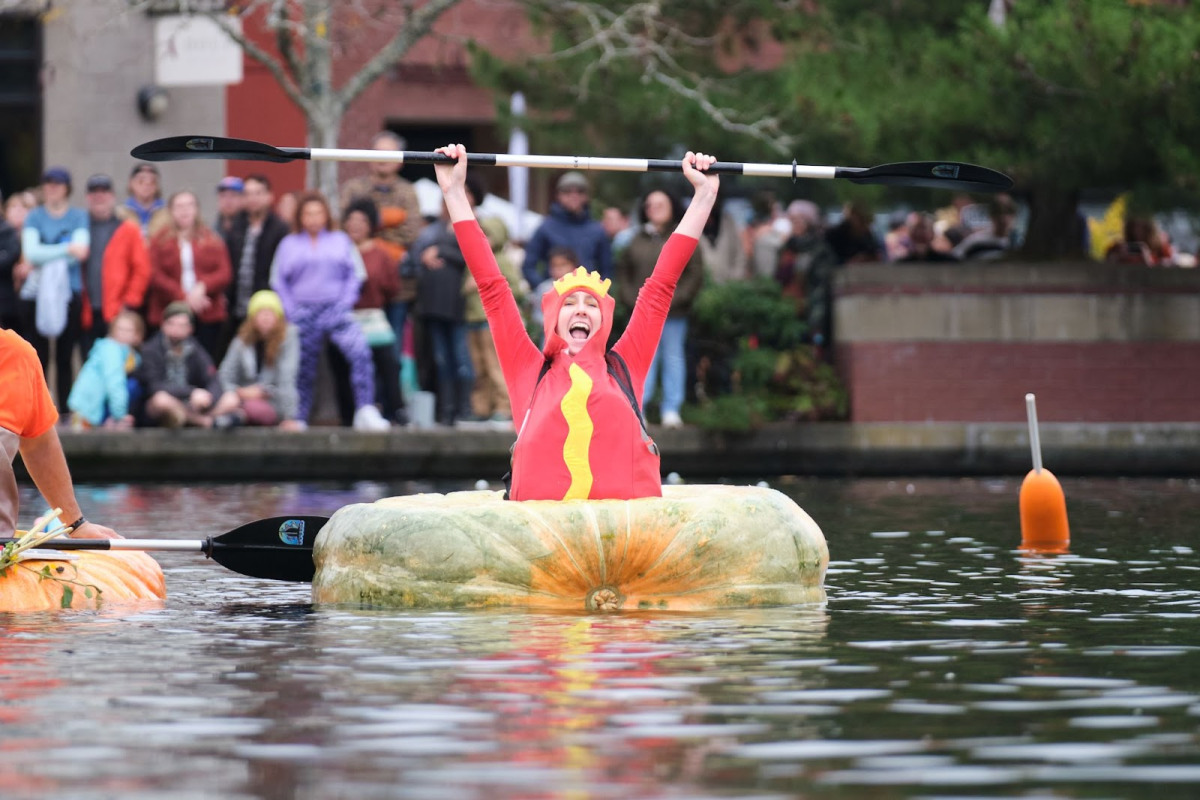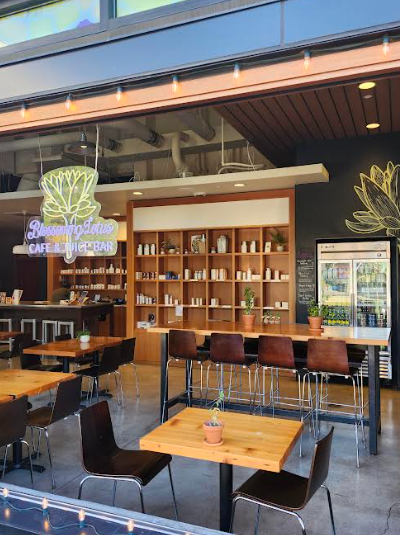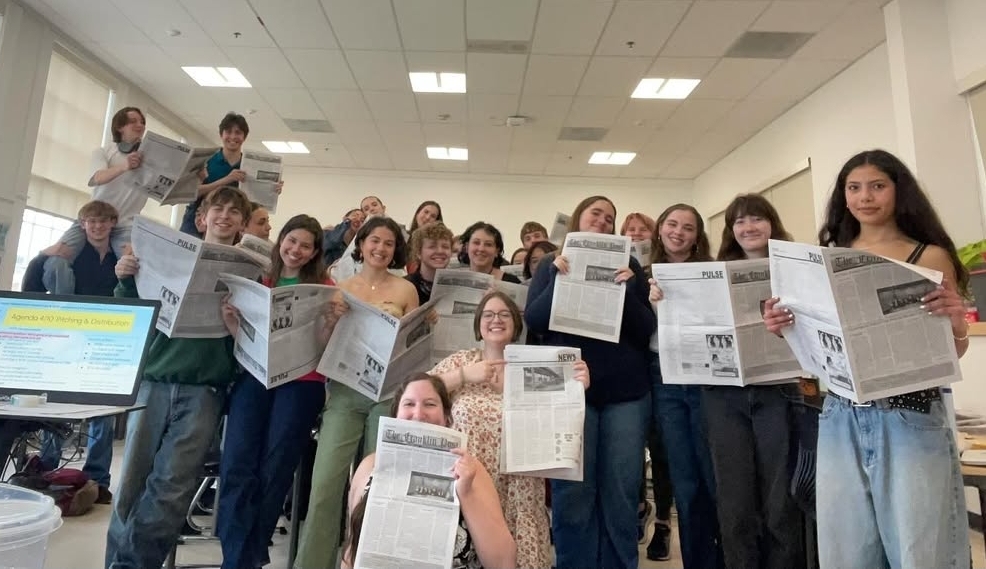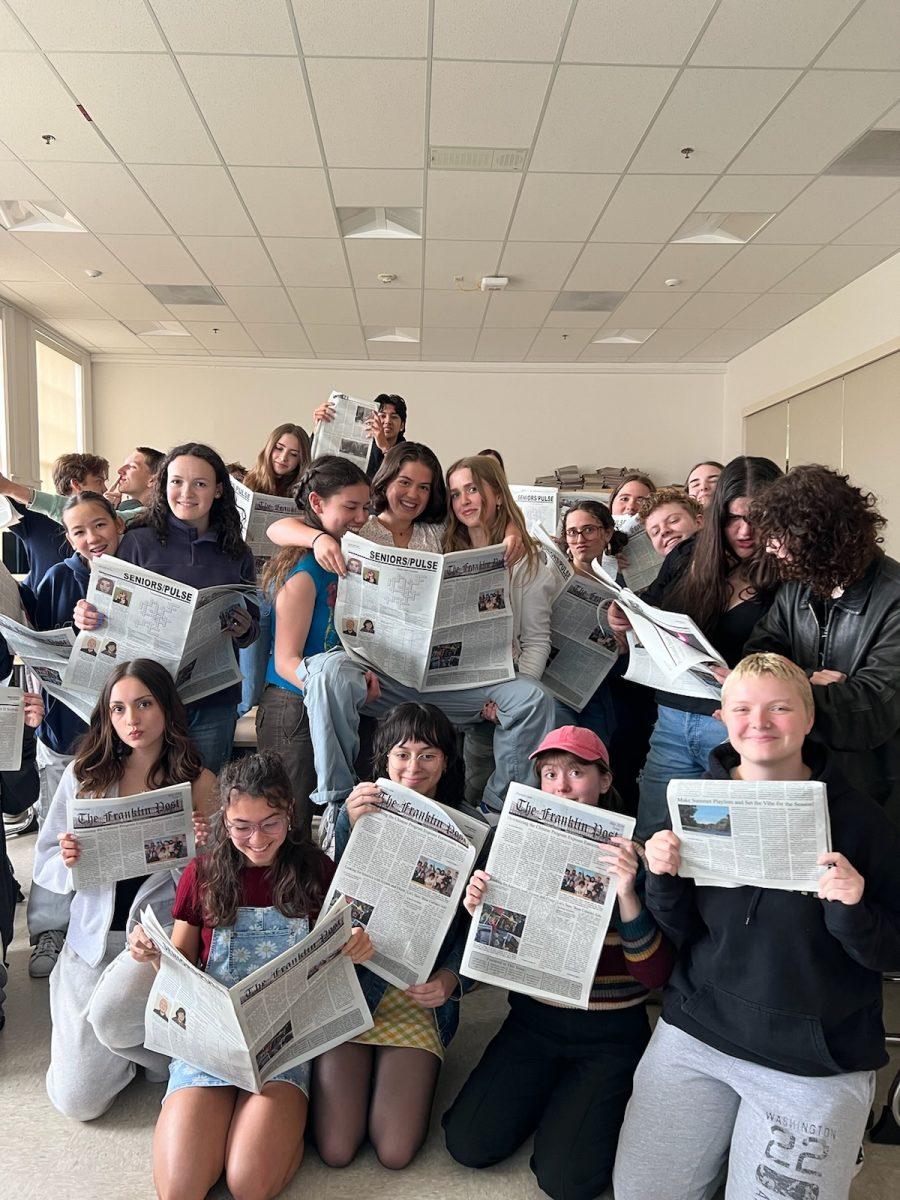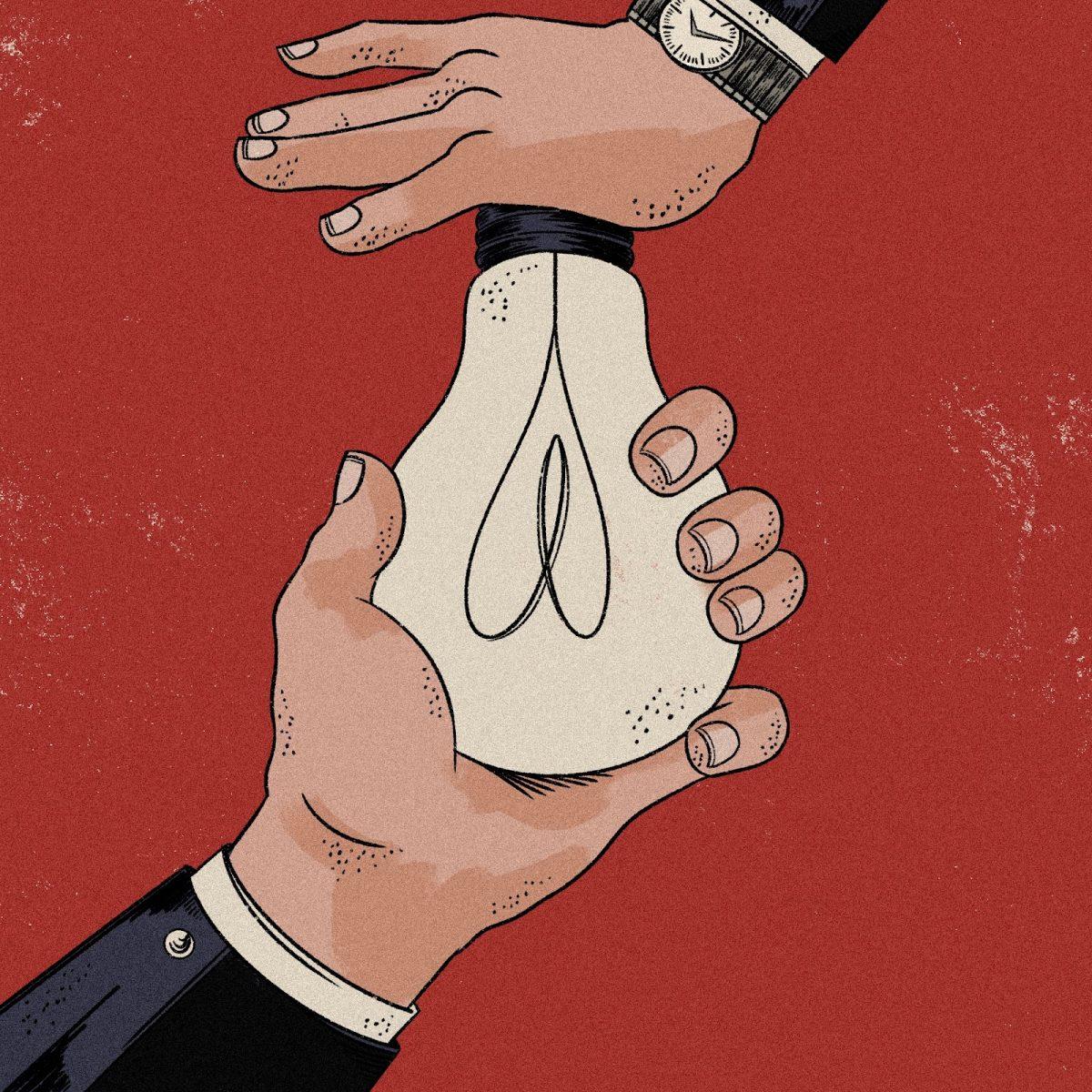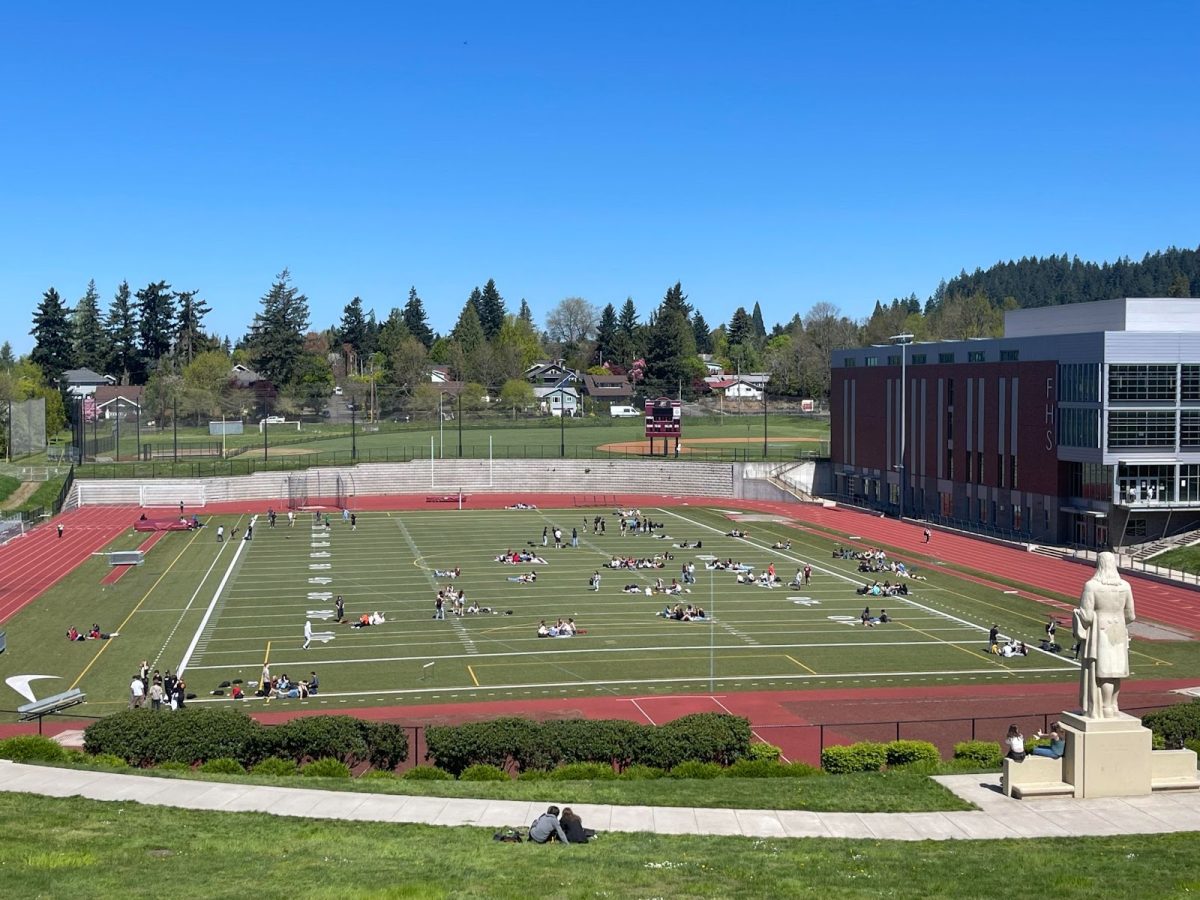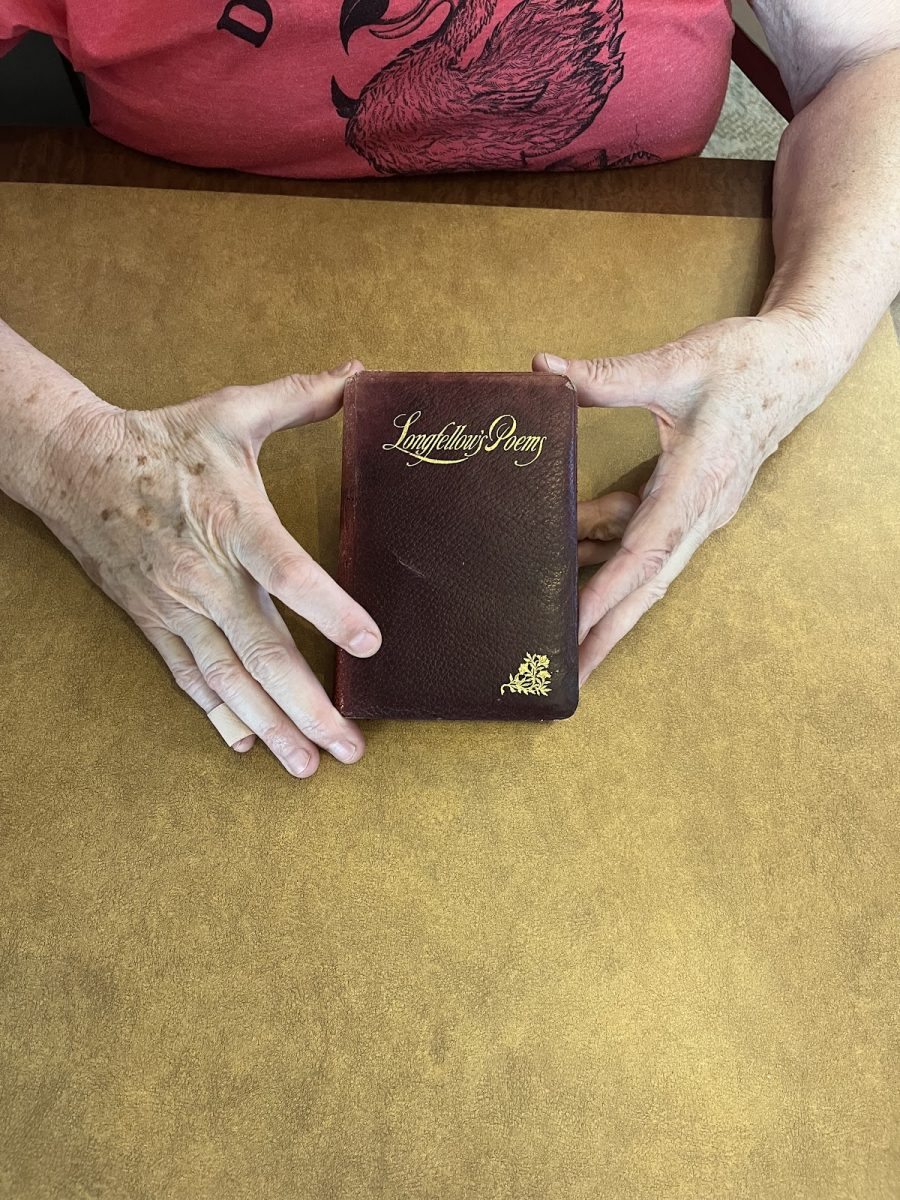
Popular fashion trends and stylistic choices constantly change. Trends come and go, and room is made for new ones to walk the runway. A major influence for these trends is media; whether it’s social media influencers in the 21st century or Hollywood movie stars in the 1950s. The constant battle of deciphering what’s in or what out can be draining, but it’s important to ask ourselves: what makes a trend timeless?
When Franklin was opened to students, rules and dress codes were strict, providing lots of common ground surrounding fashion among the students. This looked like prohibiting female-identifying students from wearing pants or skirts that weren’t below the knees, while male-identifying students were expected to dress formally in button up shirts and trousers. Casual wear such as denim or leather jackets would reflect poorly on students’ first impressions.
Magazines and newly introduced TV programs were sources of inspiration for students searching to display an individual sense of identity beyond the limited dress code. So what influenced the past Franklin students’ outfits, and what influences what students wear today? Who better to ask than the students of Franklin?
In the 1950s, Franklin looked considerably different than it does today. For instance, a well-known fashion trend at the time was “preppy” clothing. “Preppy,” short for “preparatory school,” referred to the students who attended Ivy League universities, and whose style reflected the conservative, upscale lifestyle associated with them. According to former Franklin student Joyce Gago, who now helps run the alumni association, it featured knit socks, brogue shoes, and white corduroy pants, along with Pendleton skirts and cashmere sweaters. Gago explains, “Girls could never ever wear pants of any kind [because of the dress code].” Department stores such as Lipman-Wolf and Meier Frank, provided lots of inspiration within the dress code.
Television’s popularity increased in the late 1950s, but not much style inspiration came from there. Even with public broadcasting and Hollywood on the rise, most people still gathered their style from what they saw others wear in person, rather than through a screen. Gago shares that she wore Pendleton skirts as well as rounded collars on her shirts during her four years at Franklin. These clothing trends were facilitated by the strict dress codes imposed by administration, which were primarily based on respect in presenting yourself.
Cosmetics have historically been a powerful form of self-expression, both in the past and today. They also reflect societal expectations placed on women, particularly in how they are expected to present themselves to others. Gago explains that minimal makeup such as just lipstick and mascara was used to enhance features. Hair was inherently binary; girls typically had their hair short and curly with some bangs, while boys had crew cuts and ducktails — a very popular male hairstyle where the hair would be slicked back and parted at the back to resemble a duck’s tail.
A popular accessory worn by most during this period was the school’s pins. Pins would be attached to shirts and jackets to represent school spirit by sporting the Franklin logo or an individual club. The 1950s and 1960s proved to be very formal and conservative when it came to appearance. The social norms surrounding what students should wear were absolute as a result of a culture where modesty was a measurement for one’s respect for others. Without consistent access to popular media, most students dressed based on their environments and the people and popular trends around them.
In 2025, stylistic trends are drastically different and continue to change. Social media has had a large impact on how students present themselves in public because of their constant exposure to popular apps like TikTok and Instagram.
Nuala McNamara, a junior at Franklin, explains where she finds inspiration: “I think Pinterest is good and like what I see on the street and on TikTok.” Influencers on TikTok and other platforms dictate many trends for youth.
Even so, there is a downside to the immediacy of social media influencing fashion trends. “I hate fast fashion.” McNamara states. Fast fashion and its projection of fast-changing trends encourages overconsumption and makes self-expression feel like a race to keep up. The environmental effects of fast fashion are also an issue, with overproduction rising and the quality of clothing products declining.
In addition to social media and fast fashion, trends from the 1980s, 1990s, and even the 2000s are making a comeback through wild clothing and hairstyles. Franklin junior, Perry Smith shares the influences that have shaped her personal style. “After a song by Imogen Heap resurfaced online, I was very inspired,” she explains. “Certain elements of her wardrobe that I associated with her include fleur de lis, rhinestones, stripes, dark purples.” Smith loves streetwear and the alternative style and how it connects back to her childhood. In Portland, the rise of streetwear has increased student interest in local thrift shops.
What does this mean for students in high school who are looking to stay on the cutting edge of trendy clothing? Baggy jeans, retro band tees, denim and clothing all point back to styles in the past decades, and are increasingly popular among students — styles that were popular around the time Gen X and millennial parents were in high school.
Different styles reflect each student’s unique self expression. Regardless of the style students wear, whether it’s grungy or preppy, individuality matters. Creativity and self expression in students has expanded far beyond the once conservative and traditional customs that placed limitations. Although social media can have its pros and cons, and fast fashion has sparked widespread debates around sustainability, fashion provides a space for people to express their individuality.


